When it comes to taking your business to the next level, email marketing is still your most powerful tool. According to Forbes, email marketing has the highest ROI of all marketing channels, generating an average return of $42 for every dollar spent.
So how do you harness this impactful tool? Follow these guidelines to get the most out of your email newsletter.
Send often…but not too often
Staying top of mind with your customers is important, but there’s a fine line between timely emails and annoying inbox clutter. Aim to send an email no more than twice a week and at least once a month. That may sound like a pretty wide range, but if you have a lot of value to provide (information, deals, news, etc.) your recipients will be more accepting of frequent contact.
Open rates on average are higher Monday through Friday during typical working hours. If people unsubscribe, that is OK! You want a list of engaged prospects who are likely to take action. Keep note of what types of people unsubscribe, though, to determine if you are truly weeding out the right people.
Give the people what they want when it comes to content
Readers don’t want to know about your business—they want to know what your business can do for them.
Content should be mostly educational with a small percentage being promotional. Keep the focus on the consumer and how their life will improve by opening your email.
Craft the most amazing subject line
First thing’s first, you must write an effective subject line for your email. It doesn’t matter how stellar your email content is—if you have a poor subject line, no one will ever read what is inside.
Email subject lines should only be about five to seven words and under 40 characters. Avoid spam triggers like “Free offer” and “Click” and characters like $. Questions and teasers are a great way to pique reader interest. Deadlines and announcements are also effective.
No matter what, make sure you are using the appropriate tone for your audience. Make it about them (use the word YOU whenever possible).
Don’t forget the preheader
The next most important part of your email is the preheader (aka preheader text or pretext)—the words that appear next to the subject line in your inbox. This is the only other thing besides the subject line and sender name that the recipient will see before they decide whether your email is worth opening.
It should work in conjunction with your subject line, providing related information, but not the exact same message. For example, if your subject line is “You don’t want to miss this” your preheader might be “Exciting updates arrive tomorrow.”
Know your audience
Finding your brand voice is crucial for connecting with your target audience.
Is your email for seniors? Make sure your content speaks to that age group and uses pictures of older adults. If you are sending to moms of toddlers, you will use a different tone than you would for college-bound high schoolers. If your audience is broad, segment your email list by age, gender, or other areas, and generate audience-specific messages as needed.
Take your email to the next level with these final tips
This article could go on indefinitely. But if you’re following the aforementioned guidelines, you’re already about 93% of the way to emails that will wow. Here are seven ways to get that last 7%:
- Include a call to action and have it stand out (e.g., buttons that say things like: Book a Call, Register, etc.).
- Bold or highlight important words or phrases—people skim emails, not read them.
- Use an interesting postscript (P.S.)—sometimes this is all people read.
- Design it well with plenty of white space and information hierarchy.
- Make sure images have alt text (the text that appears if images don’t load).
- Begin the email with the recipient’s name, if possible.
- Always provide an unsubscribe option at the bottom.














